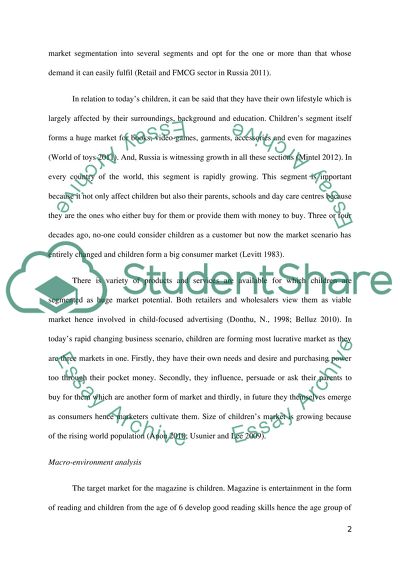Cite this document
(“Impact of Culture and Other Macro Factors on the Marketing of Products Essay”, n.d.)
Impact of Culture and Other Macro Factors on the Marketing of Products Essay. Retrieved from https://studentshare.org/marketing/1441954-form-of-a-report-the-overall-objective-of-the
Impact of Culture and Other Macro Factors on the Marketing of Products Essay. Retrieved from https://studentshare.org/marketing/1441954-form-of-a-report-the-overall-objective-of-the
(Impact of Culture and Other Macro Factors on the Marketing of Products Essay)
Impact of Culture and Other Macro Factors on the Marketing of Products Essay. https://studentshare.org/marketing/1441954-form-of-a-report-the-overall-objective-of-the.
Impact of Culture and Other Macro Factors on the Marketing of Products Essay. https://studentshare.org/marketing/1441954-form-of-a-report-the-overall-objective-of-the.
“Impact of Culture and Other Macro Factors on the Marketing of Products Essay”, n.d. https://studentshare.org/marketing/1441954-form-of-a-report-the-overall-objective-of-the.


